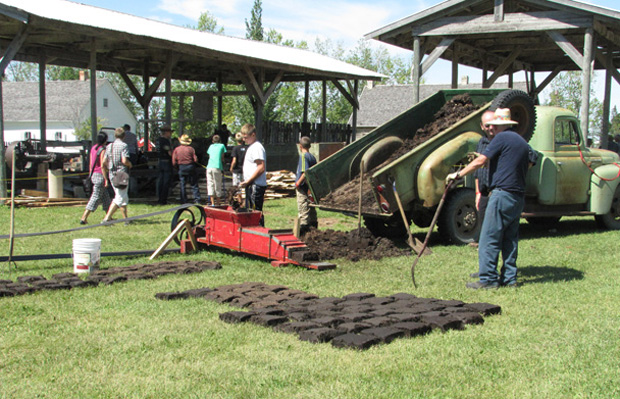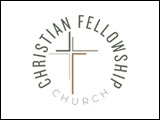Last week, MHV had the opportunity to host the 8th Annual Biomass Workshop, organized by Manitoba Agriculture, Food and Rural Development and presented by the Manitoba Bioenergy and Bioproducts Team.
As part of an agenda packed with presentations about strategies for incorporating the use of biomass energy into various industries, and the cutting-edge technology that could make this possible, I had the privilege of giving a brief presentation on the historical uses of biomass energy among Mennonites in Manitoba. The term “biomass energy” refers to the energy derived from the use of living or recently dead biological or renewable materials from agricultural (plant or animal), marine, or forestry resources. Two of the sources of biomass energy commonly used by Mennonites in the past are flax straw and manure.
Flax straw was used for a variety of purposes in Mennonite households. Very often it was used as an ingredient in plaster, providing structural support to the mixture, similar to rebar in concrete. The plaster was then used to seal walls on a building or on an outdoor clay oven. For energy purposes, flax straw was commonly used as the fuel source for the outdoor oven. This oven was an important part of a family’s household and was used for baking in the summer, in order to keep unwanted heat out of the house. The baking in this type of oven is accomplished by radiated heat instead of heat derived directly from a fire source, so the item to be baked is only inserted into the oven after the fuel has burned up.
Although wood was used for the oven when it was available, flax straw was often the preferred fuel because of its many benefits. First, it was a readily-available and free source of fuel in a farming community. Second, it burns very easily, partly because the straw doesn’t collapse when baled, which allows greater air circulation in a bale of flax straw, producing a better fire. Third, flax straw is a high-heat fuel source. Per ton, its heating value is said to be similar to soft coal and higher than any other crop residue. It also produces more heat per unit weight than wood.
Another source of biomass energy historically used in Mennonite homes in Manitoba was manure bricks. Although there were drawbacks to this fuel source (for example, it was obviously not a suitable fuel for baking purposes), it also had significant benefits. It was a readily-available, renewable, and free source of fuel; it provided a slow but adequate heat; and it was odourless.
Manure bricks could be produced manually by spreading out a layer of manure mixed with straw to a depth of about a foot, leading horses to walk over the mixture to compact it, cutting it into squares with a spade, and then letting it dry. The bricks could also be prepared mechanically with a manure-brick extruder. For this method, the manure mixture was fed into one end of the machine, which was attached to a power source. The brick maker’s auger would then move the mixture through the machine and form it into rectangular bricks, which the operator would then cut to the appropriate size with a spade. The prepared bricks were then laid out to dry.
Manure bricks were typically used as a fuel for the large brick oven which was an important feature of the typical Mennonite housebarn. This oven provided heat for the household, served all its cooking and baking needs during the colder months, and was also equipped with a meat-smoking chamber up in the chimney. The housebarn was built around this central oven, designed so that most of the rooms bordered on at least one of the oven’s exposed, brick walls. In this way, heat could radiate from these walls into each room and thereby provide sufficient heat for the entire house, even when the oven was only stoked twice in the day.
The manufacture and use of both of these energy sources are displayed at MHV during some of our festival days. Volunteers provide historical demonstrations, baking bread in the outdoor oven and making manure bricks with the manure-brick maker which is an artifact in our museum’s collection.




